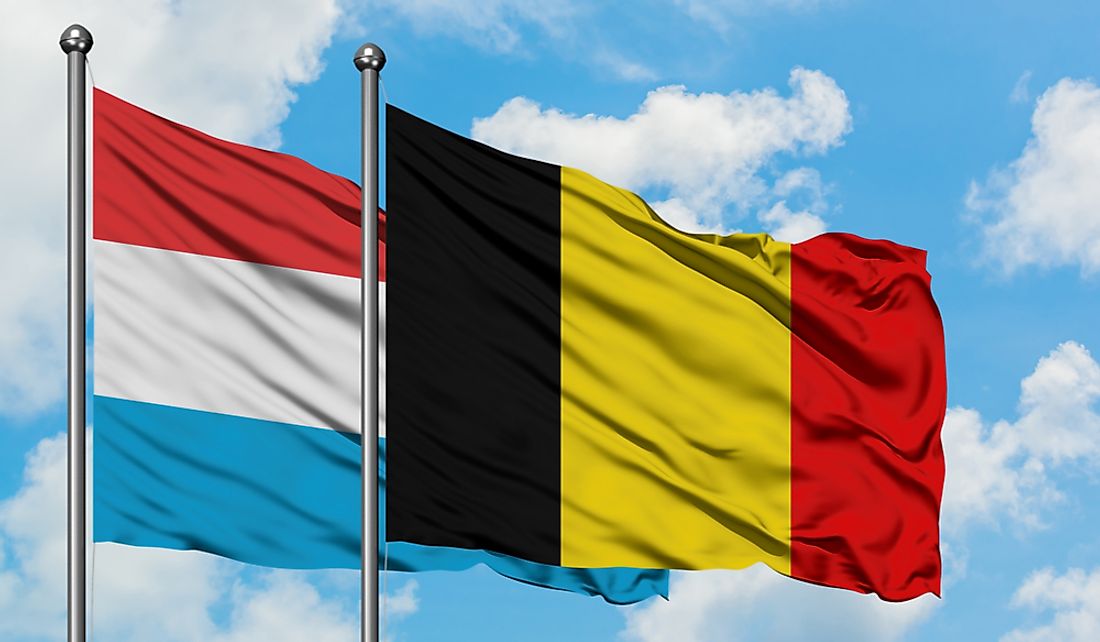What Is The Belgium–Luxembourg Economic Union?

Intergovernmental agreements are common practice across the world, especially between countries with similar interests. For instance, two or more countries may form a trade bloc where barriers to trade between the participating countries are eliminated or reduced. In most instances, such counties may form a common market where trade barriers have been replaced by common policies, regulations, and freedom of movement of factors of production, goods, and services. This kind of intergovernmental agreement is referred to as an economic union. The economic union is mainly established to increase efficiency and closer ties, either politically or culturally, between these countries. One such intergovernmental agreement is the Belgium-Luxembourg Economic Union (BLEU), an intergovernmental trade agreement between the neighboring nations of Luxembourg and Belgium.
Formation of BLEU
BLEU was formed through a treaty that was signed on July 21, 1921, between the two countries and effected after being ratified by the Luxembourg legislatures on December 22, 1922. Under this treaty, both countries were to collectively lift the economic frontiers and set their respective currencies (Luxembourg franc and Belgian franc) leading to the establishment of a monetary union (later replaced by the Euro). The initial treaty expired in 1972, extended for another 10 years until 1982 and finally for another 10 years in 1992. A new convention was signed on December 18, 2002, between the two nations. Although most of the aims of BLEU have largely been taken up by the Benelux Union (between Luxembourg, Belgium, and the Netherlands) and the European Union, it has remained more relevant in deciding exact measures than the other organizations.
Structure of the Union
From the onset, the structure of BLEU was based on the economic leadership of Belgium. A Mixed Administrative Council comprising of one representative from Luxembourg and two from Belgium was set up and tasked with administering the customs union. In 1935, a Mixed Administrative Commission was set up and tasked with advising the two governments on matters relating to external trade. According to the 2002 Convention, the Union comprises of three organs; Board of Custom, Administrative Commission, and Committee of Ministers. The Committee of Ministers is responsible for making decisions necessary for the functioning of the Union. The Administrative Commission is responsible for the application of the Convention and liaison between the two governments while the Board of Customs, composed of high ranking customs official from both countries, is responsible for providing for administrative uniformity within BLEU with respect to customs, taxes, and common excises.
Impact of the Union
The Belgium–Luxembourg Economic Union is the world’s 13th largest export economy. In 2017, it exported US$344 billion worth of goods and services and imported US$406 billion, resulting in a negative trade balance. The major export products from the Union are refined petroleum, cars, human and animal blood, packaged medicament, and diamond. Its major export destination includes the Netherlands, Germany, the United Kingdom, France, and Italy. The major products imported by the Union include crude and refined petroleum and cars.











